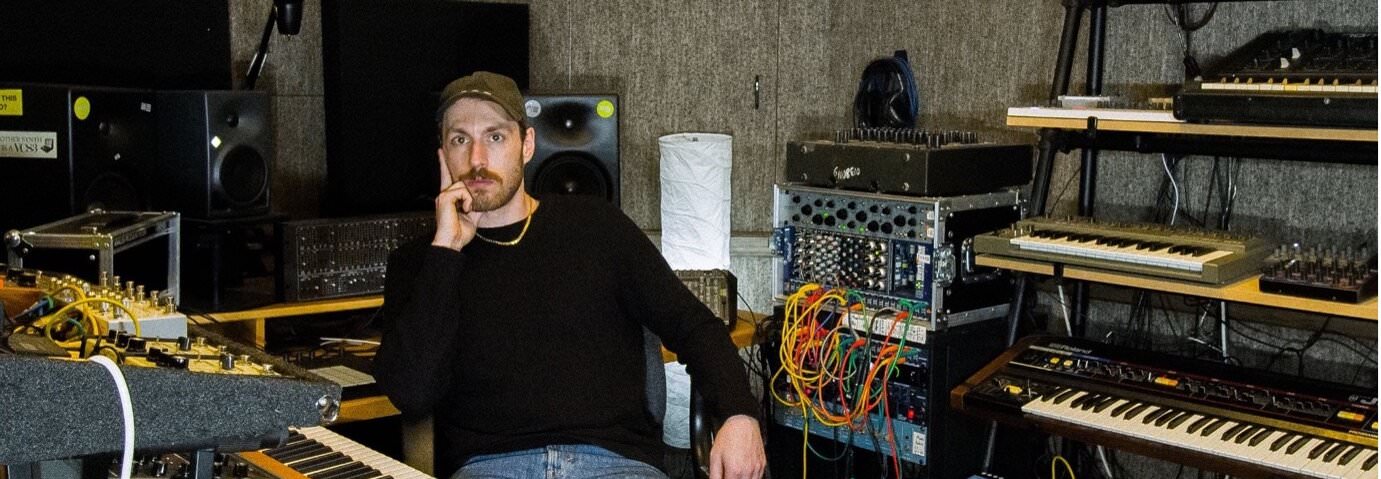We take a look around Lawrence Hart’s beautiful studio with some rare synth and drum machine gems that all found their way onto his recent track “Dust” made in collaboration with Model Man.
Lawrence Hart’s 2021 EP “Surrender Yourself” garnered huge numbers on streaming platforms and earned him the much-coveted Essential New Tune on the BBC. He’s also worked the catchy remix of Alan Fitzpatrick’s “Warning Signs” and both tracks can be heard in Alan’s Quick Mix episode on YouTube.
Lawrence invited Attack in to look around a quite remarkable studio set up with some real hidden gems and beautifully modded synths. All the gear no idea? We don’t think so...
Lawrence Hart and Model Man ‘Dust’ is Out Now on LG105. Get it here.
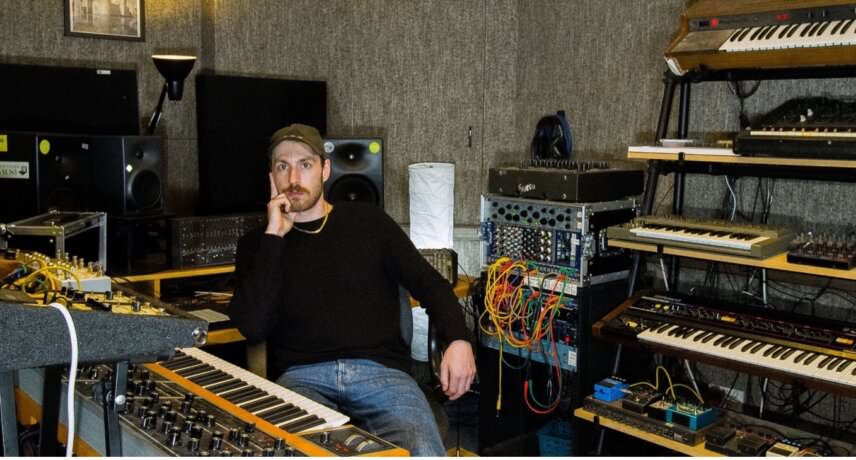
Lawrence Hart
This is my studio in Peckham, apart from the parts Model Man made, everything in our tune Dust was made here. Welcome!
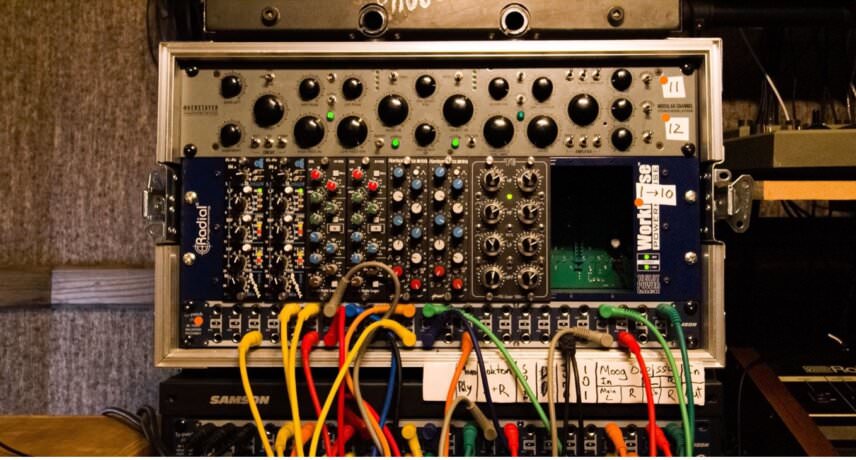


Overstayer Modular Channel 8755DS & Some Analog EQs
Most of the sounds in Dust went through the Overstayer or one of these EQs. I love using different EQs because each one has its own character and sound. The drum sound in Dust is down to a lot of parallel compression & saturation happening with the Overstayer.
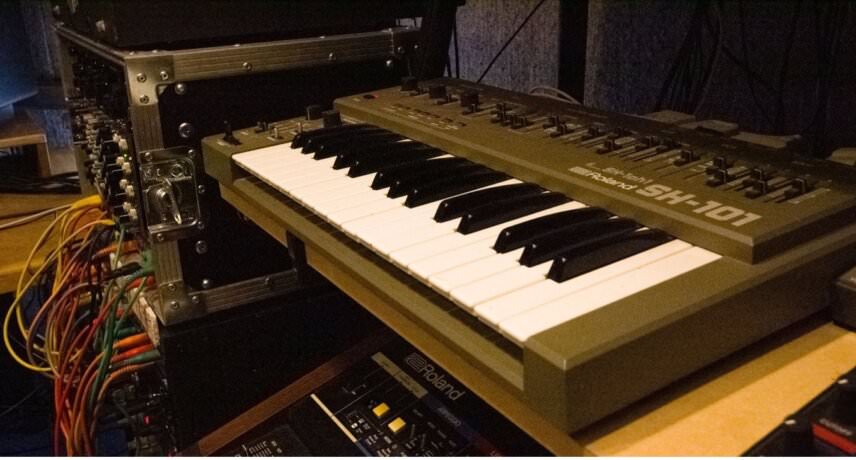


Roland SH-101
I’ve had this modded with the Tubbutec mod, which really opens up the possibilities of the synth. Most of the drums in Dust were made on this. I think it’s one of the most useful synths there is, it always sounds great in the mix!
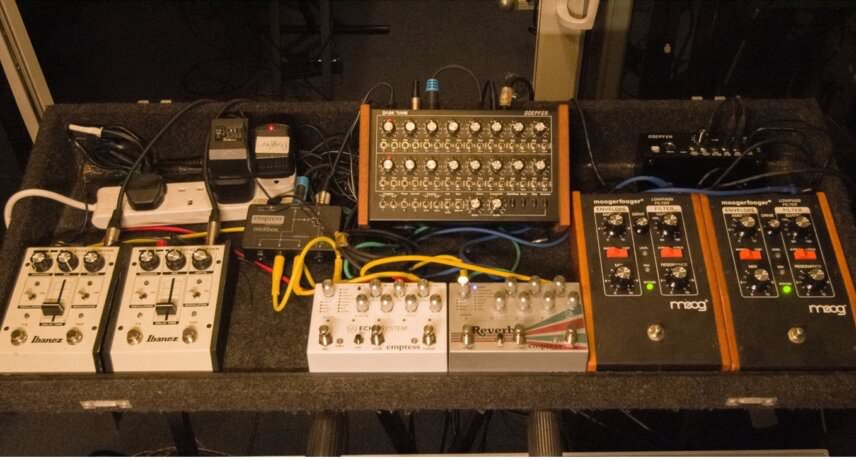


Stereo Pedal Chain
I used this setup to make a lot of the vocal delays and reverbs in Dust. I put the Moog LPF’s last in the chain so you have these long building delays that you can open and close with the Moogs. Both the Empress pedals are clocked which is really useful when you combine them with the more chaotic Ibanez delays.
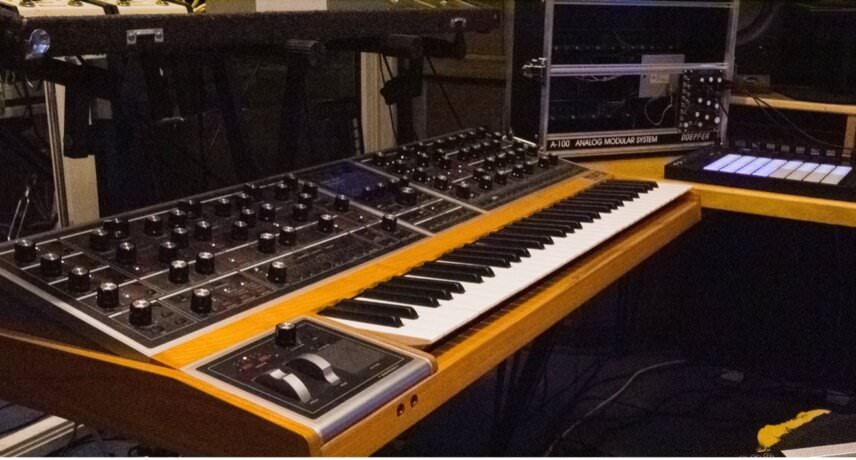


Moog One
The Moog One is responsible for the main pad in Dust. Its endless modulation and syncing capabilities allow you to make these FM-type sounds but on a fully analogue synth! Probably my favourite thing in the studio.
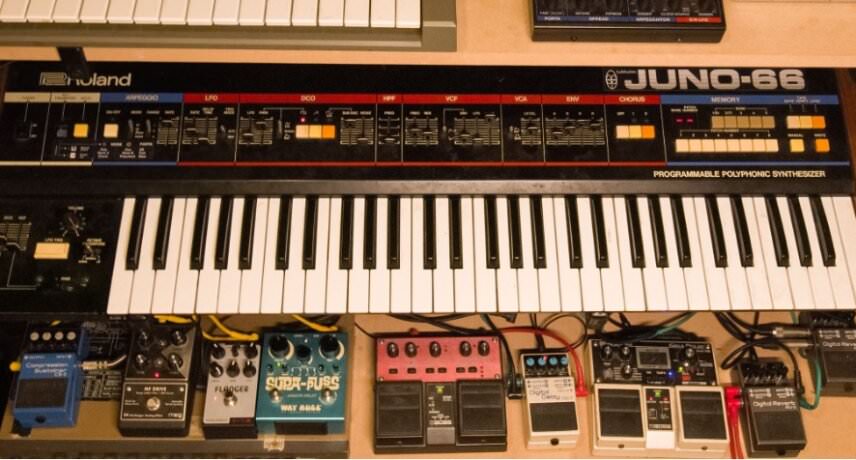


Roland Juno 66 & More pedals
Again this has had the Tubbutec mod also which gives you chord trigger, polyphonic glide, more LFOs and envelopes, and a bunch more things. The Juno only supported the bass in Dust but on most tracks, it takes more of a leading role.
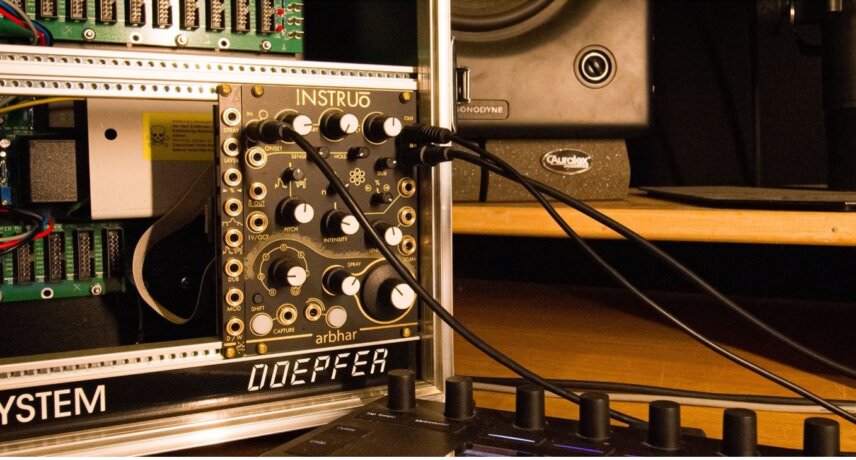


Instruo Arbhar
My one piece of modular gear! For Dust I sampled the Moog into this, played around with it, and then sampled it back into the computer to make into a synth sound. It combines with the Moog One to give you this high stereo fizzle which adds a lot of energy to the track.
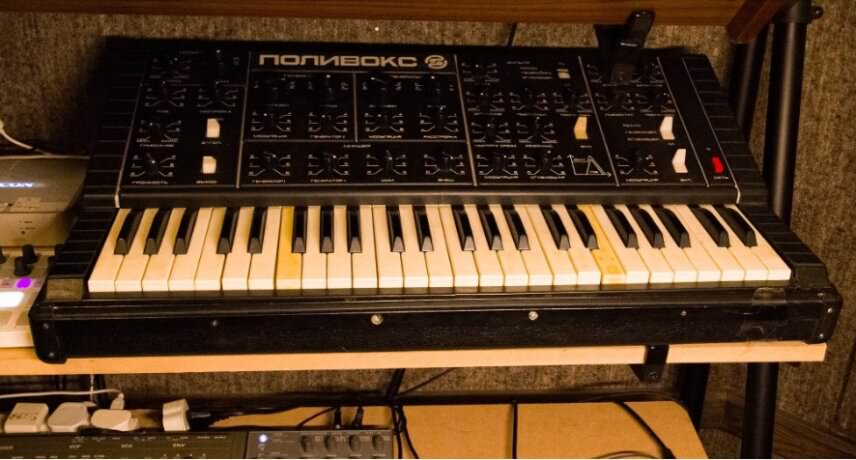


Formanta Polivoks Synthesizer
This Soviet-era synth is one of the most aggressive things there is! Its filter cuts through a mix like nothing else. It has an external input so with Dust I put some of the atmospheres through it to give it some balls and some movement.
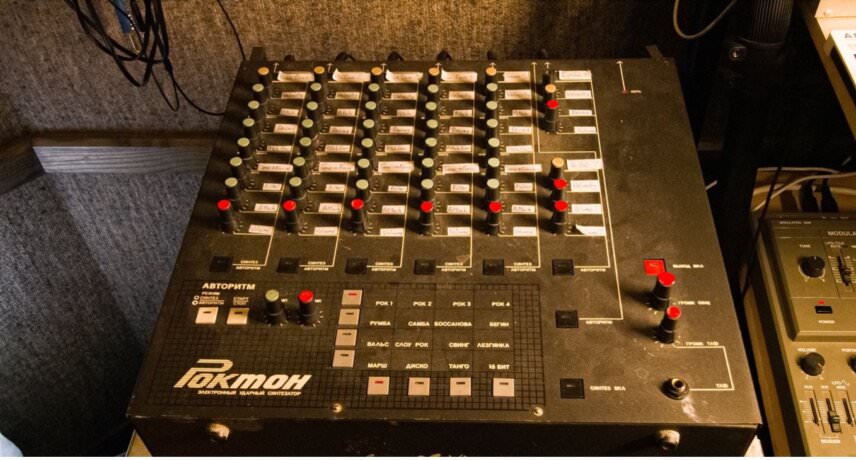


Rokton UDS
Another Soviet era machine! I didn’t use this one on Dust but it’s something I use on a lot of my tracks. I have it hooked up to the Arturia Beatstep for sequencing. I got into this style of drum machine through LCD Soundsystem’s ‘Losing My Edge’. I believe they used a Simmons SDS8, but this machine is Russia’s cheaper and more unruly version.
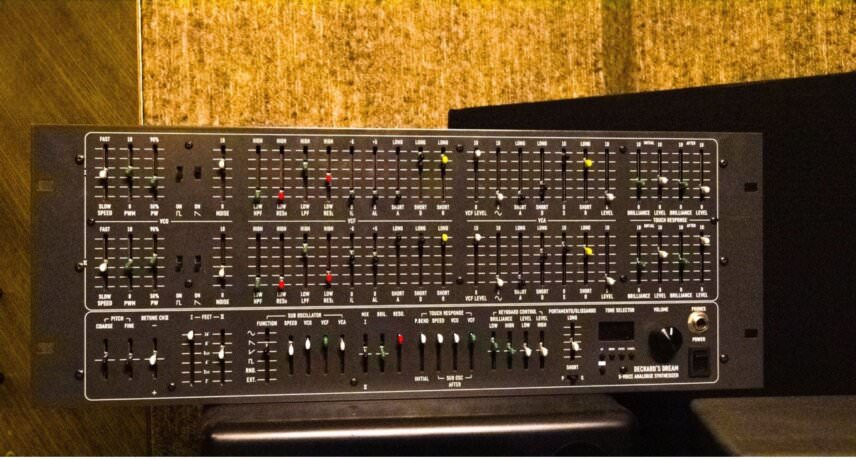


Deckard’s Dream
This synth is one of the prettiest sounding machines I’ve heard. I use it with the Roli Seaboard so I can play it microtonally. The combination of the two machines sounds like a symphony orchestra! I used TA Programming’s MIDI & CV interface to connect the Seaboard to the Deckard’s Dream.
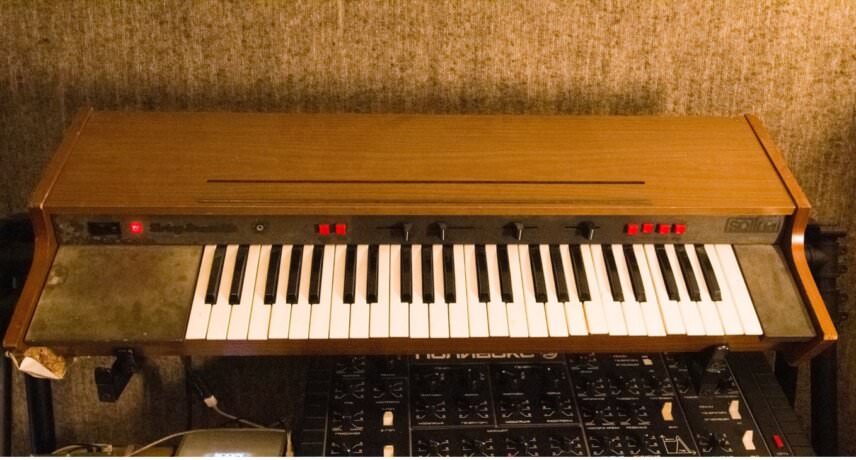


ARP String Ensemble
I used the Solina to support the Moog pad in Dust. It helps to gradually open out the pads as the track progresses. It’s a bit rough and ready but it’s part of what I love about it. It’s great blending it with real strings or with the Mellotron string sounds.
